Piriformis Muscle
Table of Contents
Piriformis Muscle Anatomy
The piriformis (from the Latin word – piriformis, meaning ‘pear-shaped’) is a muscle in the gluteal region of the lower limbs. It is one of the six muscles in the lateral rotator Muscle group Of the Hip Joint.
It was first named by Adriaan van den Spiegel, a professor from the University of Padua in the 16th century.
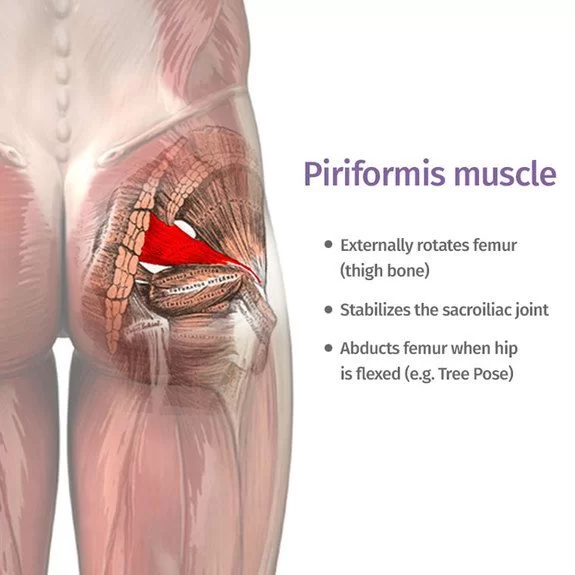
The piriformis muscle originates from the anterior (front) part of the sacrum, the part of the spine in the gluteal region, and from the superior margin of the greater sciatic notch (as well as the sacroiliac joint capsule and the sacrotuberous ligament). It exits the pelvis through the greater sciatic foramen to insert into the greater trochanter of the femur. Its tendon often joins with the tendons of the superior gemellus, inferior gemellus, and obturator internus muscles prior to insertion.
The piriformis is a flat muscle, pyramidal in shape, lying almost parallel to the posterior margin of the gluteus medius.
It is situated partly within the pelvis against its posterior wall, and partly at the back of the hip joint.
It arises from the front of the sacrum by three fleshy digitations, attached to the portions of bone between the first, second, third, and fourth anterior sacral foramina, and to the grooves leading from the foramina: a few fibers also arise from the margin of the greater sciatic foramen, and from the anterior surface of the sacrotuberous ligament.
The muscle passes out of the pelvis through the greater sciatic foramen, the upper part of which it fills, and is inserted by a rounded tendon into the upper border of the greater trochanter behind, but often partly blended with, the common tendon of the obturator internus and superior and inferior gemellus muscles.
Piriformis muscle Origin
The anterior surface of the sacrum (between the S2 and S4), the Gluteal surface of the ilium (near the posterior inferior iliac spine), the sacrotuberous ligament)
Insertion
Attaches to the superior margin of the greater trochanter of the femur.
Nerve Supply
Nerve to piriformis (S1-S2)
The anterior rami of S1 and S2 branches of the sacral plexus innervate the piriformis. Only S2 nerve roots may supply the muscle in certain situations, whereas L5 nerve roots may supply some of the muscle in other situations.
The sciatic nerve punctures the piriformis in many locations in at least 25% of the population. Nonetheless, the common fibular nerve may occasionally pierce it. The muscle may merge with the minimus and medius muscles in a small number of individuals. One or more attachments of the piriformis may also be found on the hip joint’s capsule or sacrum.
Blood Supply
The internal pudendal, superior gluteal, and inferior gluteal arteries—all branches of the internal iliac artery—provide the vascular supply.
Piriformis Muscle Action
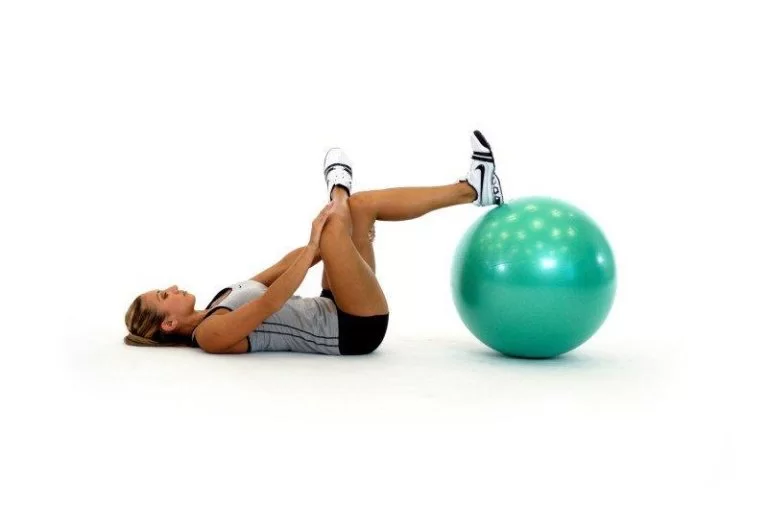
Assists with external rotation and abduction of the thigh.
Relations
The muscle’s posterior face is in contact with the sacrum. The rectum, particularly on the left side of the body, and the sacral plexus are connected to the muscle’s anterior surface.
The muscle and the gluteus medius’ posterior edge are almost parallel. It is located partially at the rear of the hip joint and partially within the pelvis against its posterior wall.
It leaves the pelvis by way of the sacrospinous ligament and the larger sciatic foramen superior.
Exercise of Piriformis Muscle
Strengthening Exercise:
Exercise Combining External Rotation And Abduction Of Hit Joint With Thera-Band or Use Of Weight-Cuff.
Stretching Exercise
There are two many ways to stretch of piriformis muscle.
Two simple ways include:

- Lie on the back with both feet flat on the floor and both knees bent. Pull the right knee up to the chest, grasp the knee with the left hand pull it towards the left shoulder, and hold the stretch 10 Seconds. Repeat This Exercise.
- Lie on the back with both feet flat on the floor and both knees bent. Rest the ankle of the right leg over the knee of the left leg. Pull the left thigh toward the chest and hold the stretch. Repeat for each side.
Each piriformis stretch should be held for 5 to 10 seconds to start, and gradually increased to hold for up to 30 seconds, and repeated three times each day.
Embryology
At four weeks, the limb buds emerge as small lumps on the ventrolateral body wall. Limb buds are formed by the reciprocal induction of ectoderm and mesoderm. Initially, each bud is made up of a mass of ectoderm-covered mesenchymal cells. The last four and first three sacral metameres innervate the developing limb bud.
The limb develops grooves when the distal limb end flattens into footplates. By weeks nine to twelve, the footplate has rotated to line up with the tibia and fibula. The flexor and extensor surfaces of the limb begin to develop muscles at the same period.
Physiologic Variantions
The piriformis muscle is innervated by the sciatic nerve or one of its branches in about 20% of the population. Although there are many different types of nerves, the common fibular nerve enters the muscle in roughly 80% of cases.
There are situations where the piriformis muscle’s anatomy is unclear. The muscle may have fused with the gluteus medius or gluteus minimus, resulting in this lack of definition.
Clinical Relevance
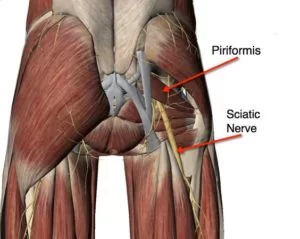
Piriformis Syndrome
In piriformis Syndrome muscles Become Tight and Cause Pressure Over the Sciatic Nerve Leads to pain and numbness in the buttocks and down the leg Over Radiating Sciatic Area. Often symptoms are worsened with sitting or running or Day To day-to-day activity,
The illness is frequently undertreated and misdiagnosed. Sciatica, sacroiliitis, lumbar radiculopathy, and trochanteric bursitis are frequently misdiagnosed as buttock discomfort. Over time, there has been a significant rise in the number of persons diagnosed with piriformis syndrome. Many occurrences of partial or total impairment can be attributed to this disorder. Muscle weakening, hyperesthesia, paresthesias, and persistent pain are the results of delayed diagnosis.
Buttock pain with intermittent, referred pain along the sciatic nerve distribution is linked to piriformis syndrome. Sciatica is more common in those whose piriformis muscle is punctured by the sciatic nerve. Sciatica symptoms include severe buttock pain, tingling, or numbness along the sciatic nerve. Extended periods of sitting, stair climbing, stretching, and squatting might exacerbate the discomfort as well. Piriformis syndrome is diagnosed based on the clinical examination and the patient’s history.
In order to rule out other diseases, MRI and nerve conduction investigations are performed. Stretching exercises and physical therapy are the treatments for piriformis syndrome once it has been identified. In rare instances, the piriformis muscle may be injected with botulinum toxin or corticosteroids. Piriformis syndrome is treated with surgery for nerve decompression as a last option.
For individuals with piriformis syndrome, pharmacological therapy is frequently the initial course of treatment. The disease is treated with NSAIDs and prescription analgesics, with differing degrees of success. Overall, research suggests that NSAIDs are generally more effective than opiates.
Piriformis syndrome sufferers have also been treated with muscle relaxants. Although these medications are effective, they also have a number of very negative side effects, such as fatigue, dry mouth, and lightheadedness.
A common recommendation for people with piriformis syndrome is osteopathic manipulation. Osteopathic manipulative therapies can reduce discomfort and provide a normal range of motion both directly and indirectly.
Exercise Mainly Stretching And Proper Strengthening Exercise Of the Piriformis Muscle.
Piriformis syndrome has also been treated with steroid injections. It is believed that the steroids work by reducing the inflammation surrounding the nerve. Nevertheless, there is insufficient data to justify the use of steroid injections in long-term conditions. In numerous trials, an infection has been a frequent side effect of steroid injections.
Surgical Considerations
Only when all nonoperative options have been tried is surgical release taken into consideration for chronic situations.
The piriformis tendon must be fully released from its attachment on the posterior femur in order to perform an open surgical approach. Furthermore, sciatic nerve neurolysis is frequently carried out in tandem. The latter is advised when there are significant or advanced fibrotic problems that negatively impact the nerve’s natural path.
Although the effects of surgery are sometimes unpredictable, they generally rely on how persistent the ailment is. Prior to surgery, patients have to get counseling on the possibility of ongoing discomfort or symptoms following the treatment.
A physical treatment programme should be enrolled by all patients with piriformis syndrome. Stretching and mobility exercises should be performed by the patient to assist release of the adhesions on the nerve. Improving function and getting rid of symptoms should be the main objectives.
FAQ
Bring your bent knee up to your chest by placing your hands below it. Your buttocks will feel stretched, which is the piriformis. Apply piriformis stretching gradually. Work your way up to a continuous stretch of 60 seconds, starting at five.
Possible reasons include: Piriformis muscular spasm, which may result from irritation of the muscle or of a neighboring structure like the hip or sacroiliac joint. muscular contraction caused by an injury or spasm. swelling brought on by a spasm or damage to the piriformis muscle.
For the treatment of piriformis syndrome, non-steroidal anti-inflammatory medicines (NSAIDs) like ibuprofen are the first line of treatment. NSAIDs work by lowering inflammation caused by the repeated actions that cause piriformis syndrome.
One excellent, low-impact method of piriformis syndrome pain relief is walking. It can lessen muscular tension and spasms and assist in strengthening your piriformis muscle. Take it gently while starting a new walking regimen! Build from a starting point of a time or distance that you find comfortable.
It is really possible to fully heal from piriformis syndrome. Most of the time, resting will suffice, but if the pain returns, we recommend looking at your choices for therapy below. To get a complete recovery, some people may require heat or ice therapy, drugs, and exercise.
Your piriformis muscle becomes more relaxed during a massage, which helps lessen the strain on your sciatic nerve and stop spasms. discomfort-fighting endorphins are released during a massage, which helps lessen piriformis syndrome discomfort.

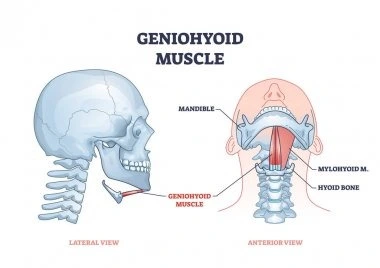
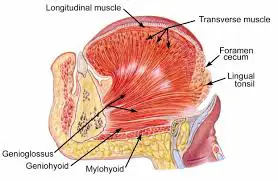
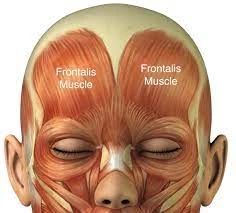
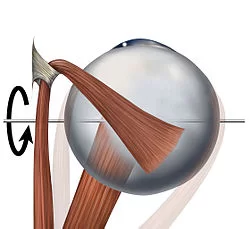
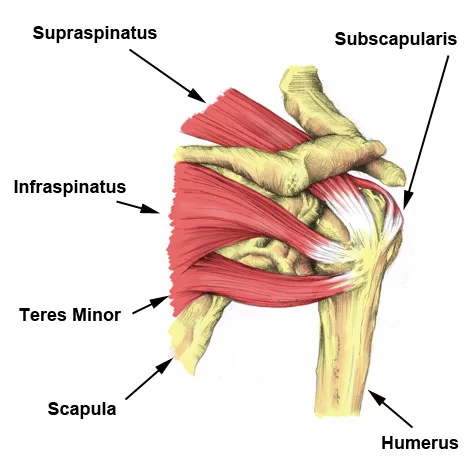
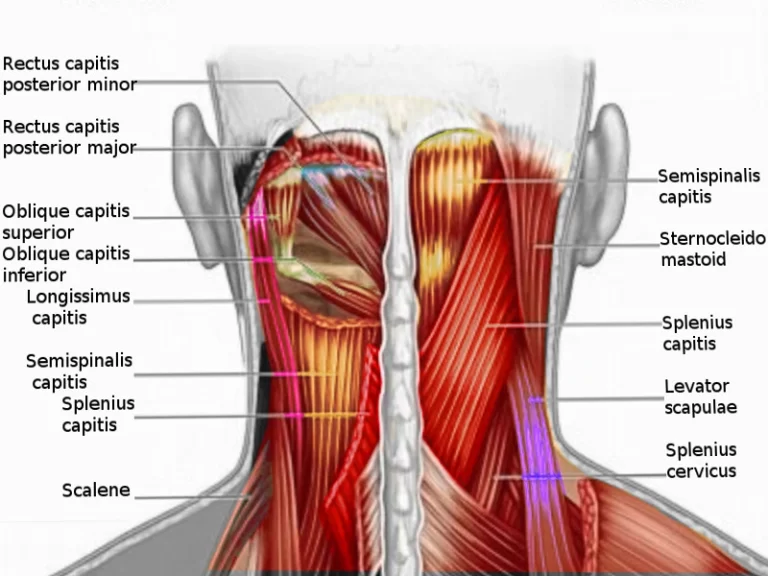
11 Comments